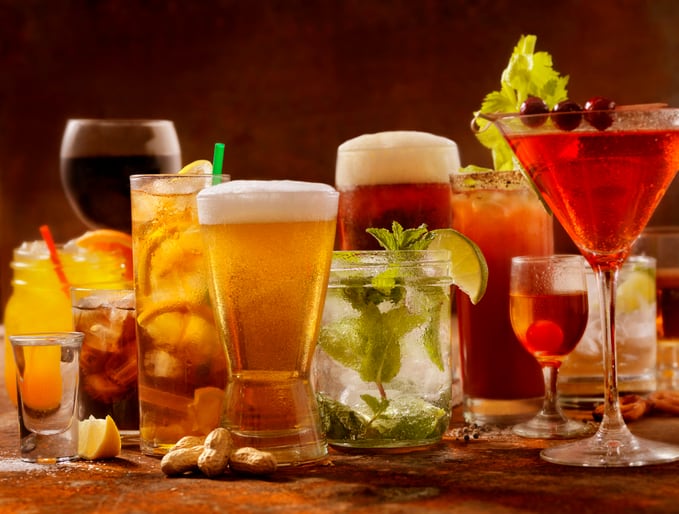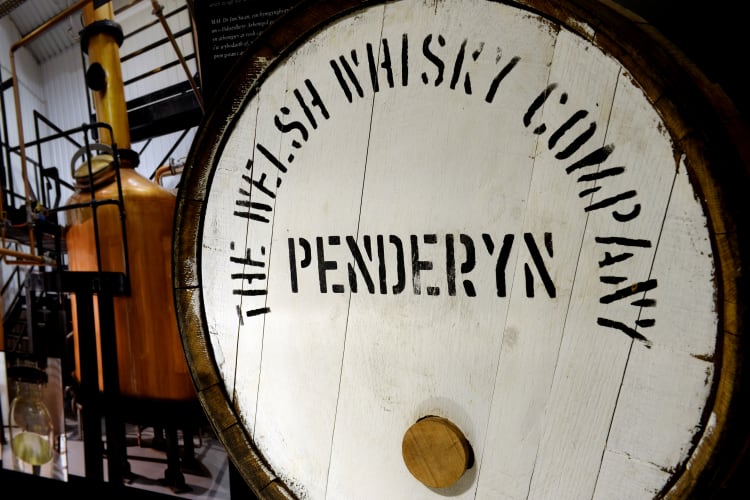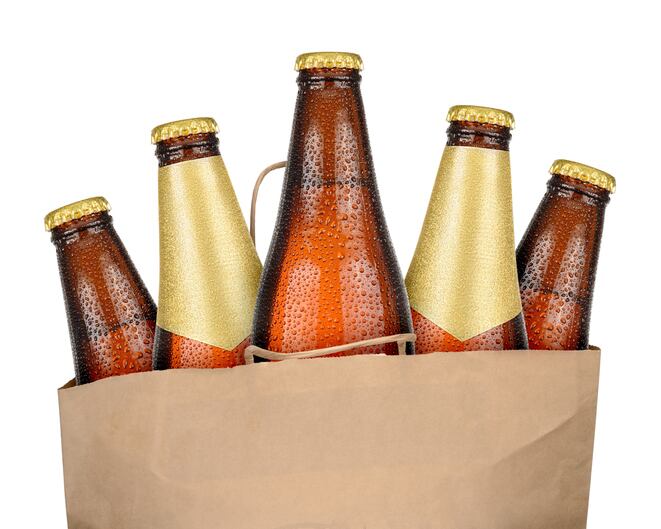The market value of these products surpassed US$11 billion (€10.4 billion) in 2022, up from US$8 billion in 2018, said the alcohol data and analysis provider. It examined markets in Australia, Brazil, Canada, France, Germany, Japan, South Africa, Spain, the UK, and the US.
The pace of growth of the category is expected to surpass that of the last four years, IWSR said. It forecasts volumes to grow at a compound annual growth rate (CAGR) of +7% in 2022-26, compared to +5% in 2018-22.
“The dynamic no/low-alcohol category presents opportunities for incremental sales growth as consumers are recruited from drinks categories such as soft drinks and water. Brand owners have an opportunity to recruit non-drinkers of alcohol,” said Susie Goldspink, Head of No- and Low-Alcohol at IWSR Drinks Market Analysis.
Germany remains the largest market
The maturity of the no/low-alcohol category varies widely by market, the analysis revealed. The world’s most valuable no/low-alcohol markets are Germany, Japan, Spain, the US, and the UK. Germany is the world’s largest market. But the country will see relatively slow growth owing to a lack of innovation, the report warned. More dynamic growth will come from Australia, Canada and the US, which will all see double digit volume annual growth rates in 2022-26.
No-alcohol is growing faster than low-alcohol
The no-alcohol category will spearhead growth in the category. IWSR expects zero alcohol drinks to account for over 90% of the forecast total category volume growth. No-alcohol beer/cider will contribute nearly 70% of the overall no/low-alcohol growth between 2022 and 2026.
No-alcohol volumes grew 9% in 2022, increasing their share of the overall no/low-alcohol space to 70% in the 10 markets looked at, up from 65% in 2018, and IWSR expects no-alcohol volumes to grow at a CAGR of +9% in 2022-2026 compared to just 2% in the low alcohol category.
Zero alcohol beverages are growing faster than low-alcohol in most markets, said Goldspink, as “more people opt to avoid alcohol on certain occasions – or abstain from it altogether”. She added that improved taste, production techniques, and a diversification of consumption occasions, are driving no-alcohol’s dominance over low-alcohol in many markets.
Product innovation focuses on packaging, flavour and functional benefits
For example, while many NPD approaches so far involve modification of ABV (alcohol by volume), some producers are focusing on innovation in packaging, functional benefits, and the use of botanicals to create more intense flavour to broaden the options available to consumers.
Examples of these include sliding ABV scales and multipacks, and the introduction of spirit alternatives across a wider range of categories, such as aperitifs, dark spirits, and agave. The use of nootropics, vitamins, and adaptogens, meanwhile, is seeing product messaging shifting from the absence of alcohol to flavour and other benefits. Some mixer brands are also broadening their range to offer products that can be enjoyed without a spirit or spirit alternative.
The consumer base is maturing too
Millennials born from 1981 to 1996 make up the largest age group of consumers of low/no alcoholic drinks. Some 78% of these consumers also drink full-strength alcohol. However, the ‘abstainers’ group, who refrain from drinking alcohol altogether, has changed most in size in the past year, with nine out of 10 markets seeing an increase. This group now makes up 18% of no/low consumers, with younger legal-drinking-aged consumers at the fore.
Consumers also opt for no/low-products more often, according to IWSR. With people motivated to drink no/low by lifestyle, rather than necessity, growth is now being driven both by recruitment of new consumers and by greater participation, it said. Daytime consumption of both no- and low-alcohol has increased this year, signalling potential for the category to expand beyond alcohol-replacement occasions.
“This pattern of avoiding alcohol on certain occasions or altogether is driving no- over low-alcohol growth,” said Goldspink. “Pair this with the rise of functional beverages – often containing ‘mood-enhancing’ adaptogens or nootropics – and the result is a strong outlook for no-alcohol.”
But product availability is a key barrier
Cost has become less of a barrier for non-consumers of no/low-alcohol, dropping from 14% in 2021 to 7% in 2022. Despite the cost-of-living crisis, cost as a barrier to purchase currently remains unchanged among those who do consume no/low drinks, the IWSR report revealed. Where no/low is established, prices are similar to equivalent full-strength alcohol categories, it said.
The biggest challenge facing the no/low category is one of availability, however. In many markets, no/low products lack visibility in the mainstream on-trade; among retailers, there is often confusion about where they should be displayed – in the beer/wine/spirits aisle, among soft drinks, or on their own. In both channels, the choice of products is often limited, noted the IWSR.




